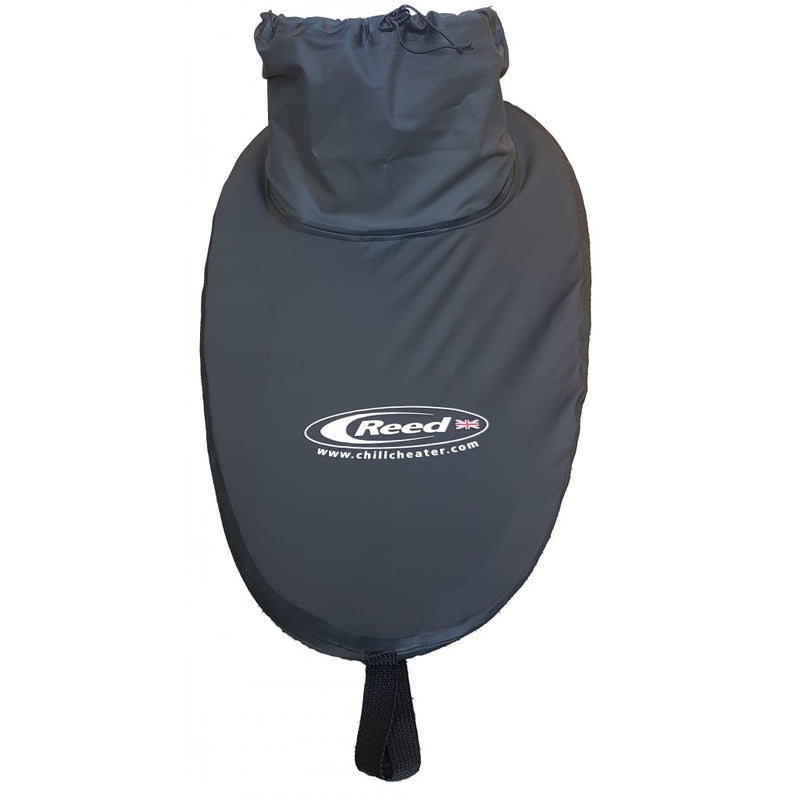Many paddlers achieve – primary because of there particular effective style – very good results at the meetings. For these paddlers is it especially important that the kayak allows the greatest possible freedom of movements, and lately more well known paddlers asked us to build a K1 model with a narrow fore body and the greatest width behind the cockpit.
The boat should be made for loads between 60 and 85 kg, even though one must realize, that it hardly will be possible to construct a boat faster than “ATTACK 65” for paddlers less than 75 kg.
Naturally we took the assignment, and Jørgen Samson constructed the boat with a width at 43 cm by the cockpit, and used all his knowledge and experience to shape the absolutely fastest boat. By the end of the year the first model boat was finish, and was tested under all weather conditions.
The model is now completed and in production, and we are able to explain for its qualities by comparing with the well known “ATTACK” models.
”FIGHTER” has got the same width at the waterline as the ”ATTACK 65”, but the cross section is wider at the bottom. “FIGHTER” is therefore lying very light on the water.
The hull above the water is narrow, but by an increase of the load from 60 to 85 kg, the width at the waterline only gives an increase of 3 cm.
The seaworthiness is not quit as good in the “FIGHTER” as in the “ATTACK” models because of the smaller buoyancy in the upper part of the hull. On the other hand “FIGHTER” is steadier in the water, and every experienced paddler will rapidly get to know the boat, and be able to control the boat in every situations.
The fore body is made narrow to consider the strokes, but it is sufficient voluminous by the stem to reduce the diving into the waves. The concave freeboard gives the fore body a freedom along the waterline, and the “FIGHTER” is actually making smaller waves than any other kayak.
The aft body is designed according to the latest experiences, so it supports the boat by keeping the streaming water underneath. The lifting effect is balancing the bow and keeps it from rising, and thereby the boat glides more easily.
Getting used to one particular kayak type often makes it hard to evaluate another type. The adjustment of the height of the seat is far more important than the width of the boat at the waterline. In the older kayaks the paddlers was forced to lift the seats height, because of the tall freeboard. Modern models – especially the “FIGHTER” – allowed full freedom of movements, no mater how low the seat is placed in the boat.











